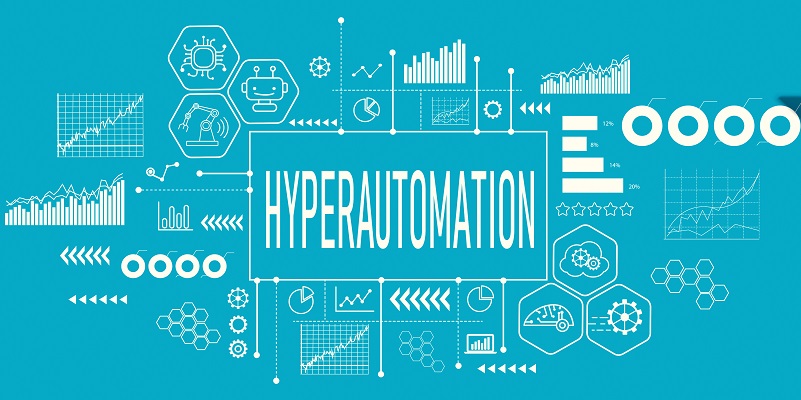The chemical and petrochemical industry is vital to the global economy, with numerous products being manufactured and supplied across various industries. However, the industry faces several challenges such as rising costs, intense competition, and the need to adhere to rigorous regulations. To overcome these challenges, many companies in the chemical and petrochemical industry are turning to hyperautomation.
Understanding Hyperautomation
Hyperautomation is a new approach to automation that combines artificial intelligence (AI), machine learning (ML), and robotic process automation (RPA) to automate complex business processes. Unlike traditional automation, hyperautomation can handle more intricate business processes because of the inclusion of AI and ML, which enable the automation to become autonomous and enhance its operational efficiency.
Benefits of Hyperautomation for the Chemical and Petrochemical Industry
Streamlining operations, reducing costs, and improving efficiency are some of the primary benefits of hyperautomation for the chemical and petrochemical industry. Hyperautomation automates repetitive tasks such as data entry and processing, reducing the probability of human error. This automation eliminates redundancies and bottlenecks in the workflow, which ultimately leads to a more cost-efficient and productive operation.
Improvement of decision-making processes
Hyperautomation enables companies in the chemical and petrochemical industry to collect, process, and analyze vast amounts of data accurately. As a result, decision-makers can make more informed decisions that are based on data rather than speculation. This automation also enhances the decision-making process by providing real-time data analysis that can be used to set up contingency plans and risk management strategies.
Enhancement of safety and compliance processes
Safety and compliance are critical aspects of the chemical and petrochemical industry. Hyperautomation offers a reliable and efficient approach to compliance automation and safety management. By automating safety management, the process of monitoring and managing hazards and safety risks can be streamlined. This minimizes the likelihood of accidents and reduces downtime.
Improving Customer Service
Hyperautomation can be used to streamline, automate and customize customer service processes, which are critical in the chemical and petrochemical industry. Automated customer service processes can help companies provide faster and more efficient responses to customer inquiries, complaints, and concerns. Such improvements would ultimately lead to greater customer satisfaction and loyalty.
Challenges of implementing hyperautomation
Despite the many benefits of hyperautomation, implementing it comes with its challenges, such as:
Hyperautomation is a complex technology that requires specialized expertise and skills to implement. It involves integrating various components such as AI, ML, and RPA, making it challenging to set up without the guidance of a specialist.
The difficulty in integrating with existing systems is a challenge when introducing hyperautomation. This requires integrating the new technology with existing systems, software, and business processes. This may create some compatibility issues that would require additional customization and troubleshooting, resulting in the use of extra time and resources.
The cost of implementation and training for hyperautomation can be significant, as it involves investment in infrastructure, software integration, and employee training. This aspect can be quite costly, especially for smaller companies.
Case studies of successful hyperautomation implementation in the chemical and petrochemical industry
Several companies have successfully implemented hyperautomation in the chemical and petrochemical industry. DSM, a Dutch multinational company, is one such example. The company implemented hyperautomation in their operations and saw a significant reduction in the time required to complete certain processes, ultimately resulting in higher productivity and better resource allocation. Additionally, they reported a marked improvement in data accuracy, which led to more precise forecasting and decision-making processes.
Hyperautomation is the future of the chemical and petrochemical industry. Its integration can enhance the productivity, efficiency, and profitability of companies in the industry. However, it is also essential to remember the challenges that come with implementing hyperautomation. It is necessary to weigh the costs and benefits carefully. As more companies in the industry embrace hyperautomation, the technology will become more accessible and cost-efficient, and will refine the automation process, ultimately improving the industry’s competitiveness.

